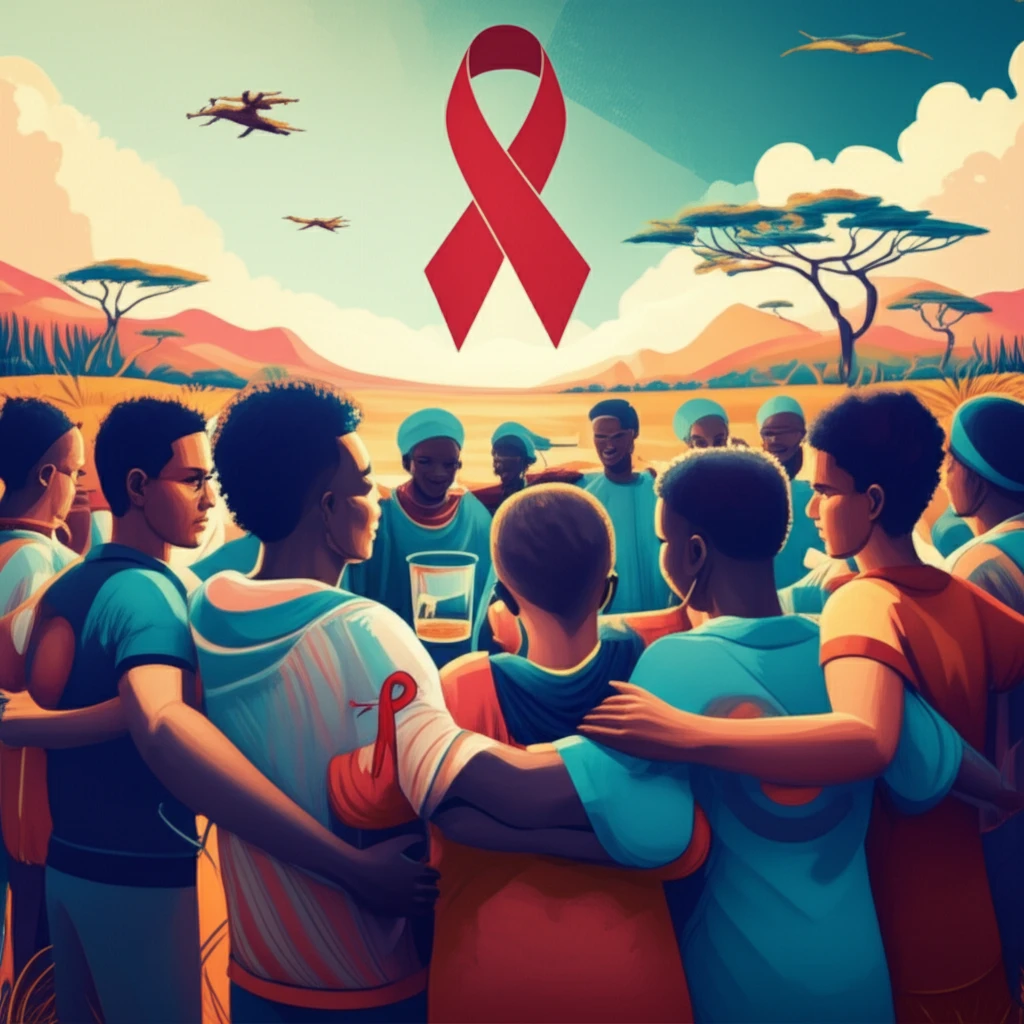
Breaking the Cycle: How Stigma and Gender Shape Problem Drinking in Tanzania
"New research reveals the complex link between HIV, alcohol, and gender, offering hope for better care."
In the heart of Tanzania, a silent struggle unfolds. While the world focuses on the fight against HIV, another battle rages: problem drinking. This isn't just a personal issue; it's a complex web woven with threads of gender, stigma, and the challenges of living with HIV. Recent research sheds light on this intricate relationship, offering a path towards better care and support.
The study examined adults enrolling in HIV care, revealing that problem drinking is significantly more common among men than women. But the story doesn't end there. The research delves deeper, exploring how psychosocial factors like stigma and violence intersect with alcohol use, painting a picture of the unique challenges faced by those living with HIV in Tanzania.
This article breaks down the key findings, exploring the impact of stigma, the differences between men and women, and the urgent need for tailored interventions. It's a call to action, urging us to recognize the multifaceted nature of problem drinking and to provide support that addresses the root causes of this often-overlooked issue.
The Tanzanian Study: Unveiling the Complexities of Problem Drinking

The study, conducted in Tanzania, focused on adults enrolling in HIV care. Researchers assessed problem drinking using the CAGE questionnaire, a tool that identifies individuals who may have a problem with alcohol. The results were eye-opening: 13% of the participants reported problem drinking. However, the prevalence varied significantly by gender. Men were more likely to report problem drinking than women, highlighting the need for a nuanced approach to care.
- Stigma's Grip: Both internalized and enacted HIV-related stigma were strongly associated with problem drinking.
- Gender Differences: Men and women experienced these challenges differently, underscoring the need for tailored interventions.
- Violence as a Factor: Experiences of violence were also linked to problem drinking, highlighting the need for comprehensive support.
A Call to Action: Addressing Problem Drinking and HIV
The study's findings are a crucial step toward a more holistic approach to HIV care. By recognizing the complex interplay of gender, stigma, and problem drinking, healthcare providers can develop interventions that truly meet the needs of their patients. Further research is needed to fully understand these relationships, but this study provides a strong foundation for creating a healthier future for those living with HIV in Tanzania and beyond.
